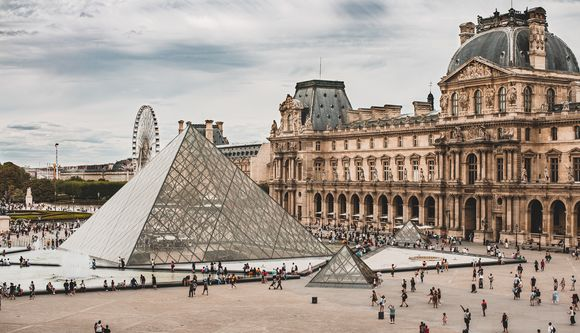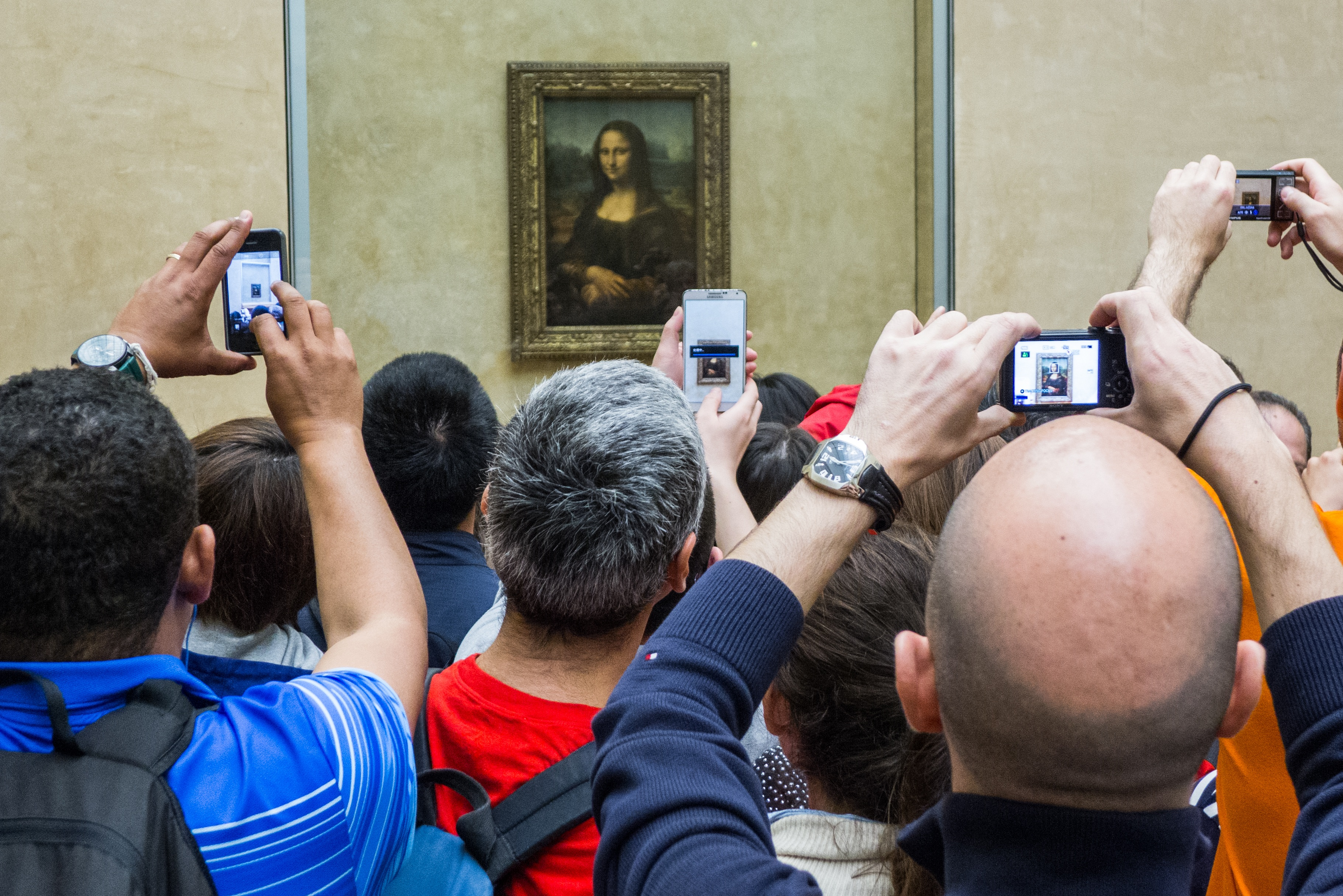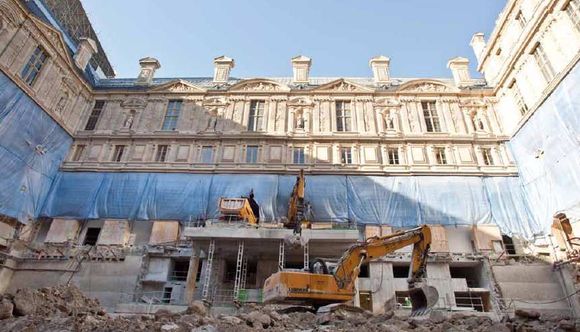Safeguarding the Louvre
Designed by architects Mario Bellini and Rudy Ricciotti, the Islamic gallery wing at the Louvre in Paris is surrounded by the neoclassical facades of the museum’s Cour Visconti courtyard with two of its three floors submerged beneath the ground.
Jean Paul Lamoureux, the Louvre’s environmental consultant, commissioned Acoem to install and manage 37 Acoem vibration sensors and ten Acoem noise sensors in the gallery wings that surround the Cour Visconti for nearly three years to cover the whole construction process.
As the museum was fully operational throughout the entire period, in addition to measuring vibration levels, it was critical to manage noise to ensure that visitors were not negatively impacted.
At stake was the safety and protection of masterpieces, including La Joconde (the Mona Lisa), Wedding Feast at Cana, Liberty Leading the People and the extensive Coptic and Roman era ceramic and sculpture collections of the Egyptian antiquities wings.
Not only did the sensors measure vibration on walls and floors but an individual sensor was affixed to the frame of a replica painting and placed on the reverse side of the stud wall that housed the original as an extra precaution.
Fortunately, despite some instances of exceedances in noise and vibration levels during construction, the collection did not suffer any damage or losses.
Just as the Louvre is considered one of France’s cultural epicentre, so too is London’s British Museum, the world’s first national public museum.







